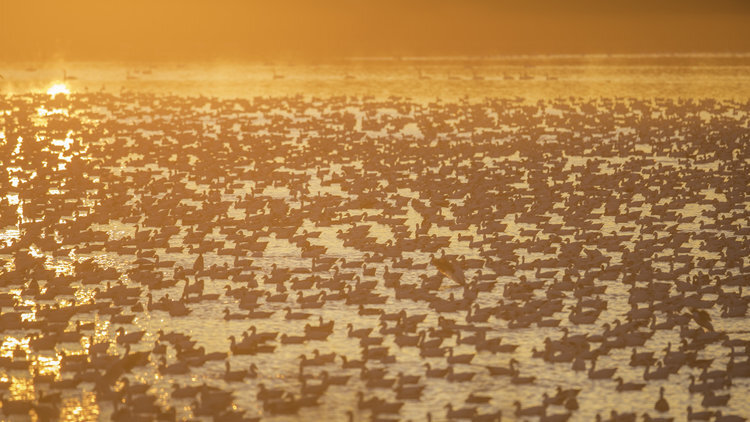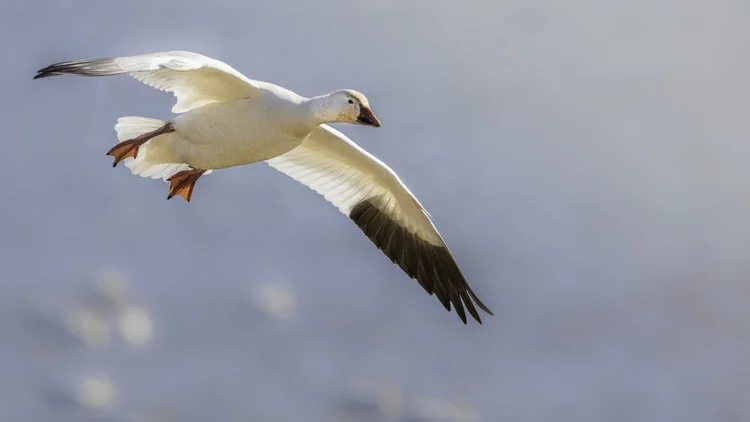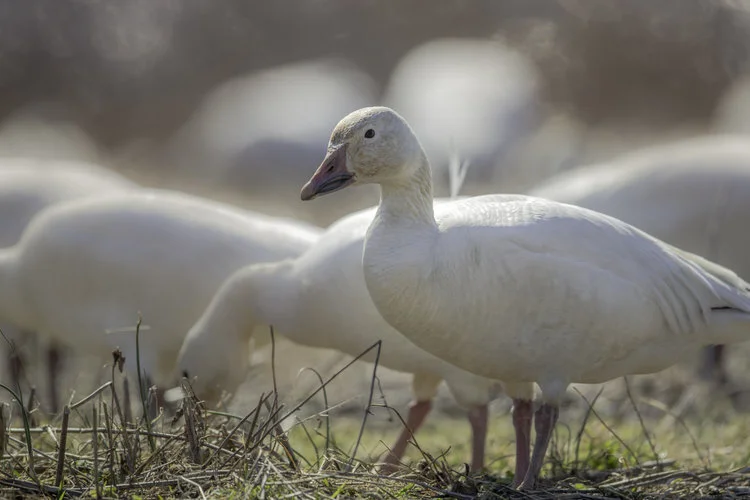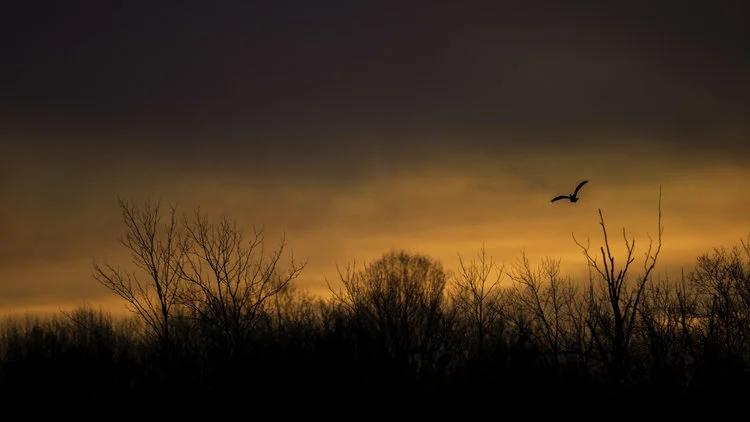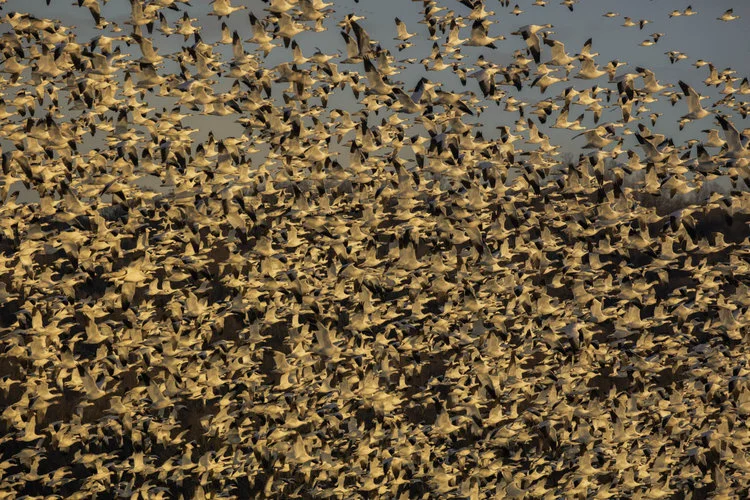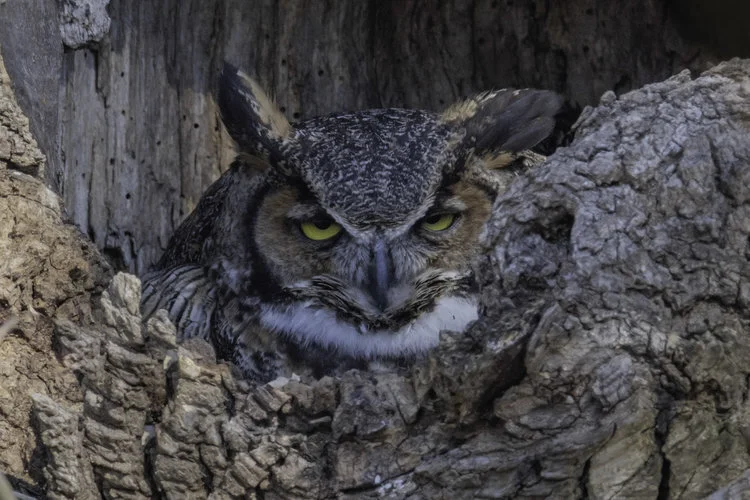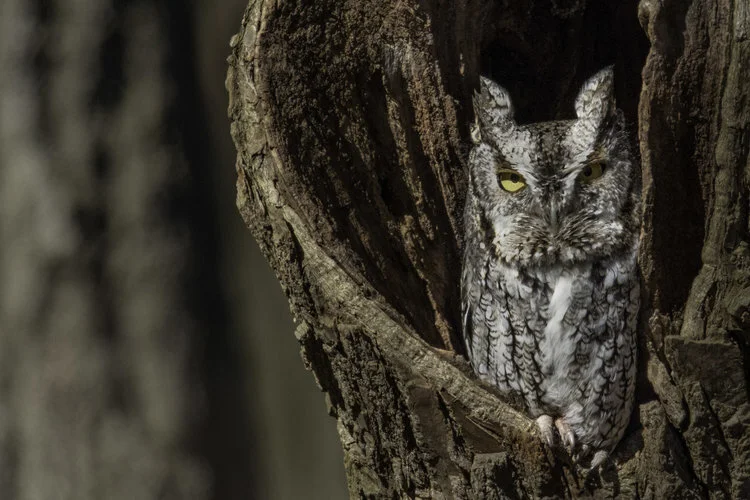SNOW GEESE MIGRATION
The Epic Journey Back Home
Every year hundreds of thousands of Snow Geese and tens of thousands of Tundra Swans make their way to Middle Creek, Pennsylvania, for several days to rest along their way back to the arctic. The man made lake here provides safety for the birds as they sleep there at night and graze the nearby hills before flying out.
Best time to visit would be from mid/late February to early March. Spikes in warm weather shortens their stay in the area so plan accordingly for weather so that you don't arrive on a day when they've all left.
3/5/2018
Each time I visit the area, I remind myself to get there early for the perfect sunrise shot. For one thing you aren't the only person interested in this spectacular spectacle during the frigid but well worth it golden hour and the small parking lot is less than adequate to handle an excess of 30+ or so cars. Cars start piling in around 5:30am so if it happens to be filled when you get there, don't fret. Overflow parking lengthens to the sides of the main road. A visit during noontime when the geese are less likely to fly and most likely on the hills grazing will yield an easier time parking.
If you’ve managed to find parking in the lot, there is another 10 minute walk to get to where everyone sets up and patiently wait for the geese to take to the skies.
Tip: There is no running and gunning here so bring a tripod and claim your spot as you wait.
I’ve shot this event this year with a 24-70mm, 100-400mm, and 600mm. So which one is my favorite? It depends on the number of geese and composition. On the wider spectrum a wide angle lens can give context to the overall atmosphere while a telephoto gives you reach for grazing or in flight shots.
Notice that with a moderate telephoto range, you’ll be able to focus on a larger area of geese while capturing details of either the sky or the woodlands behind. Shooting at a smaller aperture F5.6 - F11 can also keep the depth of the layers of geese in focus. If you were to shoot the same photo with a super telephoto prime, there would be instances where the geese towards the back fall out of focus relative to the geese closer to you.
Getting tired of shooting massive clutters of geese? A super telephoto of 600-1200mm will drastically help with isolating particular birds. Landing shots are always fun.
Tip: Remember to try different angles and points of view. Getting low will get you the perspective of a fellow geese.
With a 24-70 you’ll be able to capture the action that most closely mimics the way human eyes see the world. This is a magical range when it comes to photographing the environment or context of where the geese fly.
If the conditions are right, a full day of shooting equates to a batch of keepers. Though I do recommend staying for a full two days in preparation for poor weather.
The experience here is something that cannot be replicated or told through photos or videos. It’s the thunder that’s created by hundreds of thousands of snow geese taking off, the cold wind on your face as you angle your head up for the fly by, and just the sheer experience of understanding how epic nature is.
Always look around for backgrounds to give a sense of distance and proportion.
Bonus: Don't forget the other critters around the Wildlife Management Area. I generally do this during midday when the geese are grazing at locations inaccessible to driving or walking. Midday lighting is often harsh so get extra excited if you happen upon a slight overcast.
Eastern Bluebirds are common on the trail towards the shooting site. Look in the woods on the left of the trail to spot them. If you're lucky you'll be able to see some fighting action as this is the time the males fight for the attention of the females.
While I wasn't able to find a Screech Owl this year, I'm sure there are still around the woods there.
